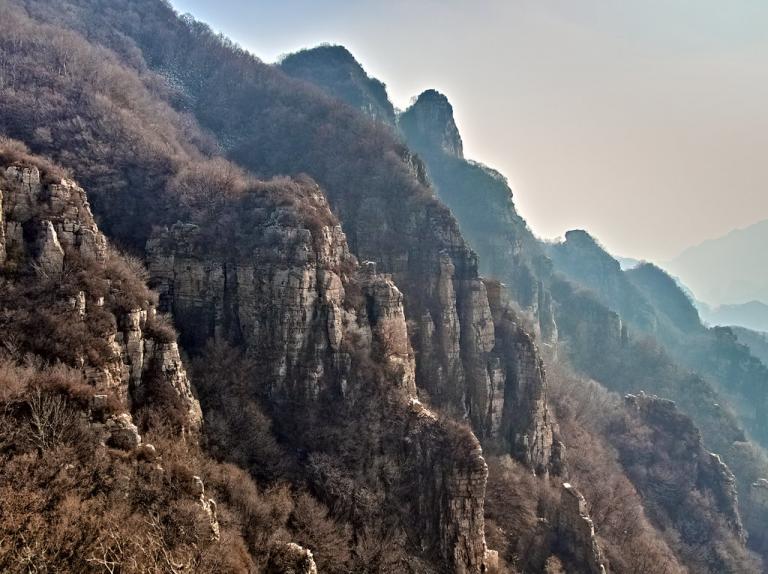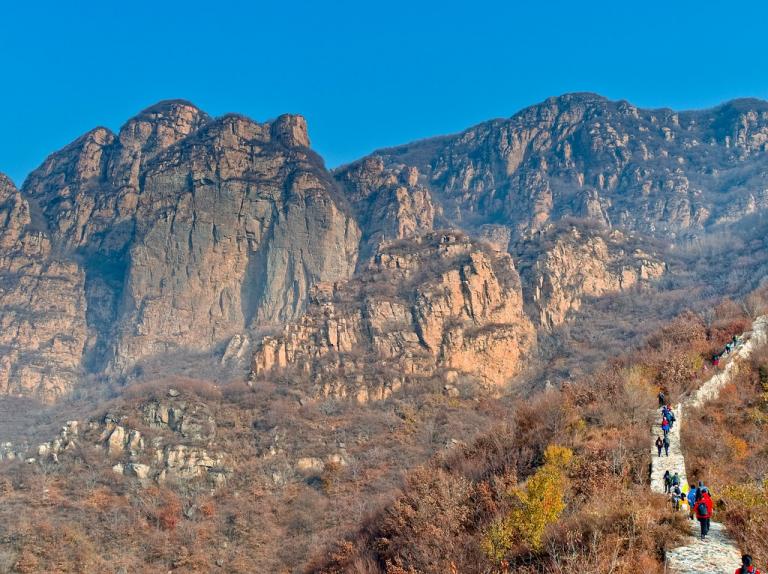Dangerous Beauty of Yanshan Mountain in Beijing
2 min readGubeikou is located in a foothill of the Yanshan Mountains northeast of Miyun County.
The Chaohc River passes its northern valley before emptying into the Miyun Reservoir.
Occupying a precipitous, strategic position near the midpoint between Shanhaiguan Pass and J uyongguan Pass, less than 100 kilometers from urban Beijing, Gubeikou was considered Beijing’s nonheast gateway in ancient times.

Gubeikou is richly endowed with enchanting natural landscapes and places of interest.
During the Qing Dynasty, camps and temporary palaces were constructed here, sewing the emperors when they stopped on northeastward tours to offer ancestral sacrifices, hunt, and to carry out inspections. Emperor Kangxi came here to escape the summer heat, and Emperor Qianlong once reviewed military troops here.
As one of the most important passes along the Great Wall, Gubeikou was first constructed during the reign of the Ming Emperor Hongwu. Following the contours of the mountain, the pass takes an irregular, multi-anglcd shape, from which it’s “bird’s nest” name is derived. Ming Dynasty poet Tang Shunzhi once wrote the following verses in praise of Gubeikou: “The entire city lies in the mountain, overlooked by this pass like a bird’s nest. Visitors here would think of those heroes, who pull the bow towards the sky.”
Flowing through Gubeikou Pass between Panlong Mountain in the east and Wohu Mountain in the west is the Chaohe River. The adjacent road is very narrow and can only accommodate one vehicle. During the Jim Dynasty a defensive iron gate was built here, giving rise to another name for the pass — the “Iron Gate Pass.”
During the Qing period, in nearby Hexi Village, the court established military camps, constructed a commander‘s office, opened an imperial road, built a temporary palace,and stationed troops to defend the pass. The world-renowned Simatai section of the Great Wall, a part of The Wall at Gubeikou, is described by Professor Luo Zhewcn, a prominent Great Wall scholar, as “dangerous,precipitous, and wondrous”.









